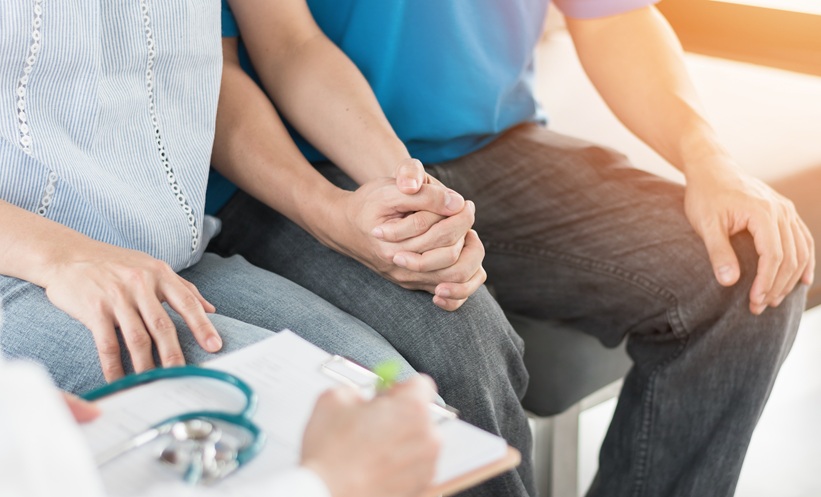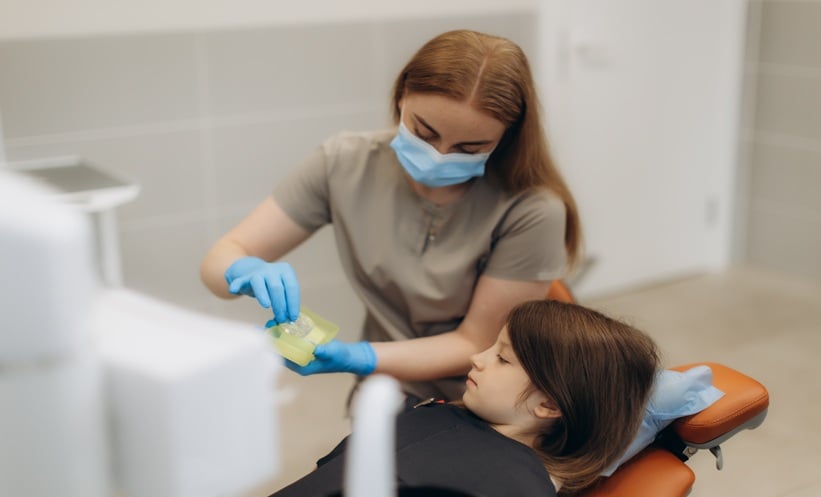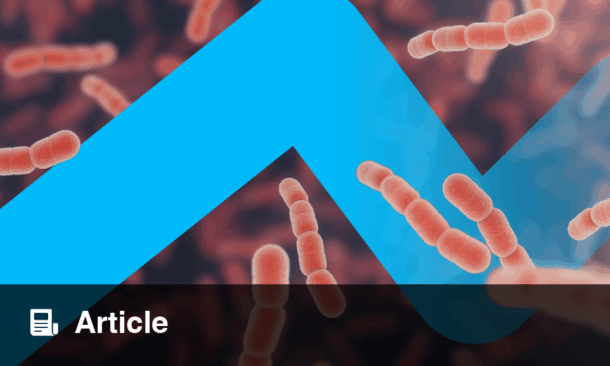Author: Justin Chu1-3
1. Oxford Fertility, UK
2. Birmingham Women’s and Children’s NHS Foundation Trust, UK
3. Institute of Metabolism and Systems Research, University of Birmingham, UK
Citation: EMJ Repro Health. 2024;10[1]:23-25. https://doi.org/10.33590/emjreprohealth/UYSQ4175.
![]()
THERE were several incredible highlights at the 40th European Society of Human Reproduction and Embryology (ESHRE) Annual Meeting. This feature summarises a couple of the presentations that Chu attended in Amsterdam, the Netherlands, for this latest issue of EMJ Reproductive Health. The first was a retrospective cohort study demonstrating a large dataset investigating the effectiveness of pre-implantation genetic testing for aneuploidy. The second was an interesting debate on the use of dual or double triggers in ovarian stimulation in in vitro fertilisation cycles.
PRE-IMPLANTATION GENETIC TESTING FOR ANEUPLOIDY IN WOMEN OVER THE AGE OF 37 YEARS
Pre-implantation genetic testing for aneuploidy (PGT-A) is being increasingly used around the world to optimise the selection of the best quality embryos to give patients the highest chance of pregnancy in as short a time as possible. A huge number of abstracts investigating the merits of PGT-A were submitted to the EHSRE, such that there was a special stream of oral presentations dedicated to ‘Advancing clinical PGT-A: steps towards an evidence-based consensus’.
One of these presentations was to explore the benefits of PGT-A in women above the age of 37 years. This was a multi-centre cohort study of women undergoing in vitro fertilisation (IVF) treatment between 2013–2021 across 33 IVF units.1 The study, which included 9,328 patients, highlighted aneuploidy as the major cause of IVF treatment failure. This included 4,664 patients undergoing PGT-A, and the control group consisted of 4,664 patients who had standard IVF without embryo biopsy. The two groups were matched by age, BMI, smoking status, number of oocytes, and year of oocyte retrieval. The primary outcome was cumulative live birth rate and secondary outcomes included the time to pregnancy.
The study found that the PGT-A group had a slightly higher number of eggs collected. A total of 13,153 embryos were biopsied, and the euploidy rate was 29.3%. In the study group, 49.8% (2,324 patients) did not undergo embryo transfer due to a lack of suitable embryos after PGT-A. The clinical pregnancy rate for the PGT-A group was 56.0% compared to 45.8% in the control group. The live birth rates were 47.8% in the PGT-A group and 35.6% in the control group. The differences in pregnancy and live birth rates were statistically significant. It was also found that the miscarriage rate was lower in the PGT-A group. The adjusted odds ratio for live birth after multivariate logistical regression was performed was 1.56, favouring PGT-A. There was also a shorter time to pregnancy that resulted in live birth in the PGT-A group.
The study group concluded that PGT-A is useful in women over 37 years, and that the finding that an absence of an embryo suitable for transfer after the results of embryo biopsy is a useful clinical finding for counselling and advice for patients to consider the use of donor oocytes.
DUAL OR DOUBLE TRIGGER INJECTIONS FOR IN VITRO FERTILISATION TREATMENT
During the ESHRE Annual Meeting, a great debate was held between Raoul Orvieto, Professor of Obstetrics and Gynaecology, Chaim Sheba Medical Center, Ramat Gan, Israel, who argued for the use of dual and double triggers in ovarian stimulation, and Anja Pinborg, Professor of Obstetrics and Gynaecology, Rigshospitalet-Copenhagen University Hospital, Denmark, who argued against its use.
Orvieto demonstrated the emerging evidence that ‘dual trigger’ (the use of concomitant gonadotropin-releasing hormone agonist and human chorionic gonadotropin trigger) can lead to the collection of higher numbers of mature oocytes and total oocytes. The evidence, though sparse, has suggested that a higher live birth rate is achievable when a dual trigger is used. In particular, a meta-analysis including four trials showed higher clinical pregnancy rates when a dual trigger is used.2
Further evidence has shown that using a ‘double trigger’ (gonadotropin-releasing hormone agonist trigger 40 hours before oocyte pick up and human chorionic gonadotropin trigger 34 hours before oocyte pick up) provides better results in women who have previously had a low yield of oocytes and empty follicle syndrome. Additionally, women with low egg-to-follicle rate and high oocyte immaturity rates had improved embryo parameters when a double trigger was used.
The theoretical benefit of dual or double trigger is to mimic the luteinising and follicle stimulating hormone surges seen in a physiological cycle.
Pinborg critically appraised the trials and evidence synthesis investigating the effectiveness of dual and double trigger injections in ovarian stimulation. She presented the latest meta-analysis published in 2023, which extracted data from 10 trials published between 2008–2022.3 They included a total of 1,643 participants. Pinborg showed that all included trials were of small size (60–104 trial participants), which is too small to identify a minimally important difference in live birth rate. There is a high degree of clinical heterogeneity between the included trials, and so, Pinborg suggested that there is insufficient evidence to support the use of dual or double trigger injections. She also suggested that the use of dual or double triggers could also increase the chance of ovarian hyperstimulation syndrome and the costs and complexity of therapy for patients.
There is still no clear signal that a dual or a double trigger for final maturation leads to better clinical outcomes. There is a need for further studies to investigate the benefits of using the dual or double-trigger strategy.







